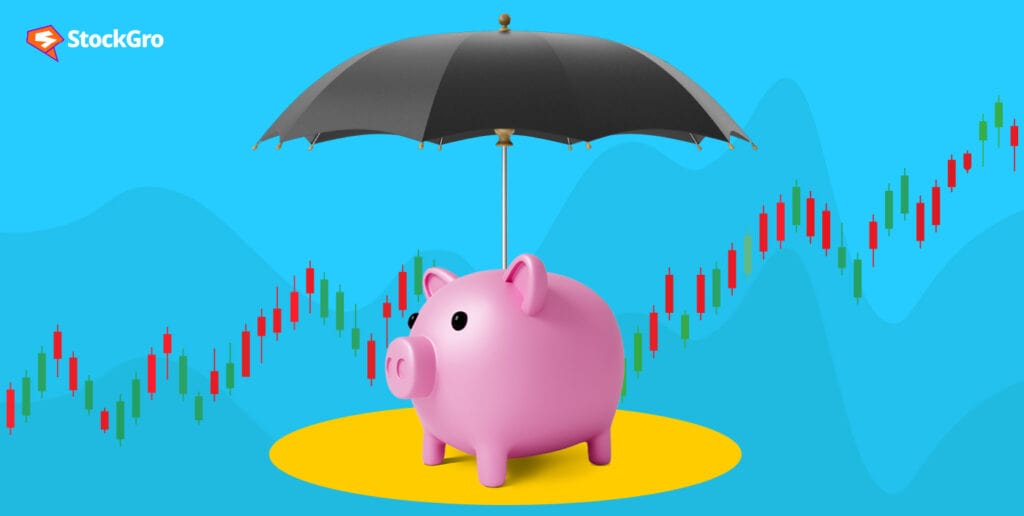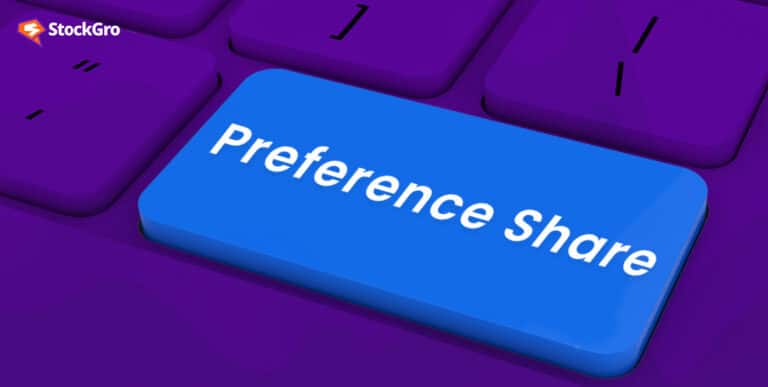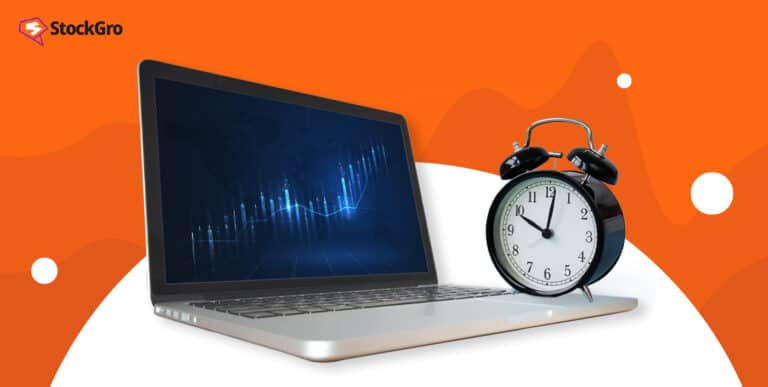
There are a lot of people out there who want to begin trading in the stock market, but are too afraid to lose money. If you’re one of them, you’re at the absolute right place.
No, it’s not about trading paper – it’s about trading on paper. Paper trading is a practice used by beginners and people who want to learn about investing in stocks but without using real money. It’s like using the market in a simulation.
Let’s dive right in.
What is paper trading?
Instead of using actual money to place buy or sell orders on the market, paper traders use fake money to trade stocks, just like they would in real life. They assume they have a certain amount of money to begin with, decide the amount of risk they’re willing to take with it, and set realistic goals — just like people do with real money.
There are a lot of different ways to paper-trade. Some people use software that allows them to trade virtual cash. This is a great option if you want to track everything meticulously. Software can allow you to correct your mistakes faster and more accurately since they use computers to simulate your actual trading experience with a broker.
If you don’t want to pay to use a software, there’s a more primitive version of paper-trading that uses some paper and a pen. Here, you decide how much money you’re going to start with, the risk, and your goals. You must write down your orders manually and realise your losses or gains realistically.
Let’s get into the mechanics of it in greater detail.
You may also like: Your comprehensive guide to successful share market investing
Here’s how to start paper trading
Starting with just pen and paper is also an effective strategy to learn about the stock market. Here’s a step by step plan for you to follow to start from the very beginning:
- Learn the basics – Before you begin, make sure you have a basic understanding of how the stock market works. Research key terms like stocks, shares, buying, selling, and market trends.
- Create a dedicated notebook – Keeping a dedicated notebook is necessary for optimal organisation. Divide it into sections for different stocks and write down their names, ticker symbols, and other relevant information. You could also maintain a list of stocks you want to track regularly here.
- Set a budget and risk tolerance – Decide the amount of virtual money you’re going to start with. Also, decide how much you’re willing to risk on every trade. Place stop loss orders accordingly.
- Take orders – Use your virtual money to buy or sell shares on trading days. Write down the date, the stock’s current price, and the number of shares you’re buying or selling.
- Set stop-losses – As soon as you take a trade, it is very important to plan for losses. When you set a stop-loss, ensure it conforms to the maximum risk you will take per trade. Proper risk management and discipline is the key to sustainable trading.
- Simulate trades and calculate your gains and losses – After you’ve taken your trade, track your stock price regularly. If prices go up and hit your goals, set orders. If they go down, make sure your stop-loss is holding strong at your risk threshold.
Once you’ve exited the position, note the date, time, and price. You can now calculate your profit or loss. - Analyse and learn – Reflect on your decisions and outcomes. Did your strategies work? What influenced your choices? Did you hit your goals? Did the stock you picked move the way you expected? This analysis is the most important part of your paper trading journey.
- Adjust and improve – As you keep trading on paper, you’ll start understanding patterns in the market and your trading strategy. Eventually, This will help you control your nerves and take better bets.
Also Read: Key risks in investing in the stock market
Emotions while trading
Speaking of nerves, it is completely ok to be nervous while trading stocks. Even though you’re trading with fake money now, you eventually will bet real money on the market too.
No matter how hard you try to simulate the real thing, your brain knows there’s nothing real at stake in a paper trade. You will be, hence, more willing to take risks and realise losses than you would be in real life.
That’s when you need to remind yourself that it is the discipline you master in paper trading that will pay off in the real world. Do not let your emotions get the better of you. Actual trading takes years of practice to learn.
| Paper trading | Actual trading |
| No risk, all reward | Balanced sense of risk and reward |
| Emotions are difficult to predict and manage | Needs discipline and practice |
| Does not account for hidden fees and charges | More expensive than paper trading |
What are some advantages and disadvantages of paper trading?
Advantages
The most obvious advantage is that paper trading eliminates risk. Since you’re not using real money, you’re not losing real money either.
Even then, paper trading will help you build confidence in your trading decisions, which will help you garner confidence later on.
Another advantage is stress. As we discussed before, trading comes with a lot of greed, fear, and impatience. With adequate practice using paper trades, you can learn how to rein in your impulses and act with discipline and logic.
Looking to learn trading, have fun, and earn real money? Get stockgro now!
Disadvantages
Since you’re taking paper trades, you need to remember that there will be a sense of detachment that comes with this activity. Since you’re not actually risking anything, you might feel inclined to take bets that you never would have if real money was on the line.
Real trading also accounts for other costs that you can’t realistically consider in paper trading. This would include commissions, taxes on profits, brokerage, fees, hidden charges, etc. Although these don’t amount to much in one day, they can really add up long-term.
Conclusion
Like you’ve discovered above, paper trading is a great way to learn about the market, its highs and the lows, the flush of emotions, and the ecstatic feeling you get when bets turn out the way you thought they would.
To some extent, paper trading before you enter a new asset class is also highly necessary to understand the nitty-gritty of that particular asset.
That said, we hope that you understand that paper trading is only a simulation of the market and that actual trading takes a lot of time, practice, and patience to learn and master. Good luck!
FAQ’s
1. Is paper trading legal in India?
Yes, paper trading is completely legal in India. It is a risk-free way for investors and traders to practice stock market strategies without using real money. Since no actual transactions take place, paper trading does not fall under SEBI regulations, making it a safe and legal way to learn trading.
2. How can I practice paper trading?
You can practice paper trading through:
- Stock market simulation apps like StockGro, which provide virtual trading environments.
- Brokerage platforms that offer demo accounts for simulated trading.
- Manual tracking by noting down trades and monitoring market movements on paper.
Using a structured platform is recommended, as it allows you to experience real-time market fluctuations.
3. Does paper trading cost money?
No, paper trading is free. Most platforms offering paper trading do not charge any fees since no real transactions are involved. However, some advanced market simulators or educational courses may charge a fee for premium features.
4. Can I do paper trading without a demat account?
Yes, you do not need a demat account for paper trading. Since paper trading is a simulation where no actual stock purchases happen, you can practice on platforms like StockGro or manually track your trades without opening a demat account.

